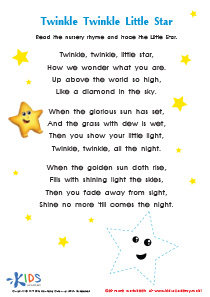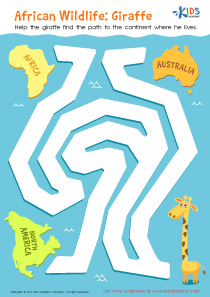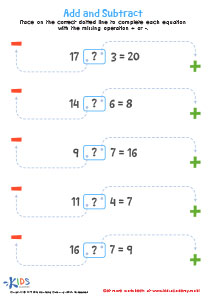Easy Shapes and their Characteristics Quizzes for 7-Year-Olds
1 results
1 filtered results
Clear all filters1 filtered results
-
From - To
Introducing our "Easy Shapes and their Characteristics for 7-Year-Olds" - an engaging and interactive quiz collection designed specifically to captivate the curious minds of young learners. These quizzes offer a fun and easy way for children to explore and understand the fascinating world of shapes, from circles and squares to the more complex polygons. Each quiz is crafted to assess the children's knowledge gently while providing instant feedback to reinforce learning and encourage curiosity. With vibrant illustrations and intuitive questions, our quizzes make learning about shapes an enjoyable and rewarding experience. Dive into the world of geometry and watch your child's understanding of shapes and their characteristics flourish!
In the dynamic world of educational technology, interactive quizzes have emerged as a powerful tool in enhancing learning experiences for children. Among these innovations, Easy Shapes and Their Characteristics for 7-Year-Olds stands out as a particularly effective resource. This interactive quiz platform is designed to make the study of shapes and their characteristics not just accessible but also engaging and fun for children around the age of seven.
Understanding shapes and their unique characteristics is a fundamental aspect of early math education. It lays the groundwork for more complex mathematical concepts and spatial understanding that students will encounter as they progress in their studies. However, grasping these concepts can sometimes be challenging for young learners. This is where Easy Shapes and Their Characteristics for 7-Year-Olds comes into play, transforming what can be a daunting subject into an enjoyable learning experience.
The quizzes are developed with the cognitive and developmental stages of 7-year-olds in mind, ensuring that the content is neither too easy nor too challenging. This careful calibration helps in maintaining children's interest and motivation. Instead of rote memorization, the platform uses a variety of interactive elements such as drag-and-drop activities, matching games, and visual puzzles. These elements not only make learning more engaging but also cater to different learning styles, ensuring that every child can benefit from the quizzes.
One of the key benefits of Easy Shapes and Their Characteristics for 7-Year-Olds is its ability to offer immediate feedback. Unlike traditional learning methods where feedback can be delayed, the instant feedback provided by the quizzes allows children to understand their mistakes in real-time and learn from them. This immediate response system fosters a positive learning environment where children can experiment and explore without the fear of failure, encouraging a growth mindset from an early age.
Moreover, the platform's interactive quizzes are designed to encourage self-paced learning. Children can navigate through the quizzes at their own speed, spending more time on concepts that are challenging and moving quickly through those they find easy. This flexibility is vital in building a strong foundation in shapes and their characteristics, as it ensures that children fully grasp each concept before moving on to more complex topics.
In addition to benefiting students, Easy Shapes and Their Characteristics for 7-Year-Olds also serves as a valuable resource for parents and educators. It provides them with a clear insight into a child's understanding and progress in learning about shapes. This can inform further instruction and provide opportunities for targeted intervention if necessary.
In conclusion, Easy Shapes and Their Characteristics for 7-Year-Olds is not just a tool for learning about shapes; it is an innovative approach to education that takes into account the learning needs and styles of young children. By making learning interactive, enjoyable, and tailored to individual paces, it ensures that the foundational concepts of shapes and their characteristics are well understood, setting children on a path to success in their mathematical journey.











